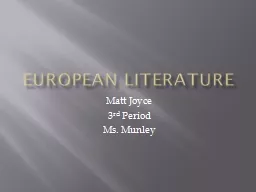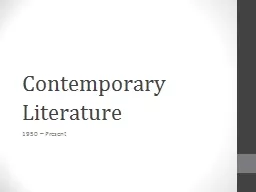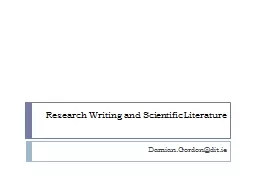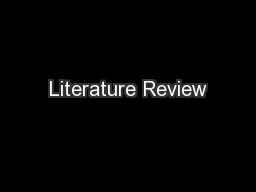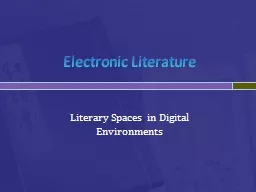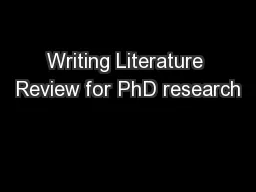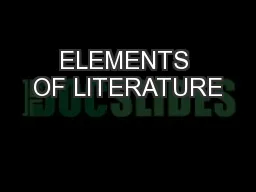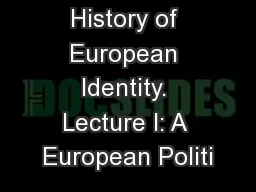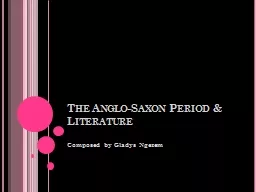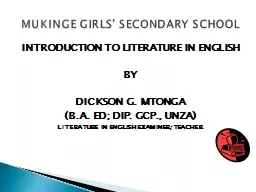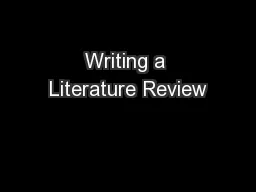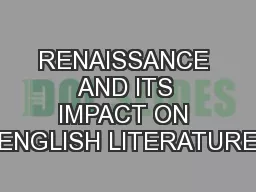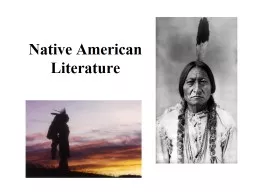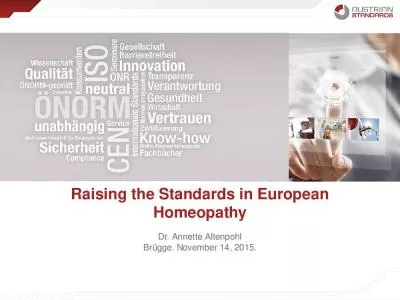PPT-European Literature
Author : yoshiko-marsland | Published Date : 2017-08-15
Matt Joyce 3 rd Period Ms Munley Table of Contents Renaissance 1485 1680 Enlightenment 1650 1800 Romanticism 1798 1870 Realism 18201920 Victorian Period
Presentation Embed Code
Download Presentation
Download Presentation The PPT/PDF document "European Literature" is the property of its rightful owner. Permission is granted to download and print the materials on this website for personal, non-commercial use only, and to display it on your personal computer provided you do not modify the materials and that you retain all copyright notices contained in the materials. By downloading content from our website, you accept the terms of this agreement.
European Literature: Transcript
Download Rules Of Document
"European Literature"The content belongs to its owner. You may download and print it for personal use, without modification, and keep all copyright notices. By downloading, you agree to these terms.
Related Documents

